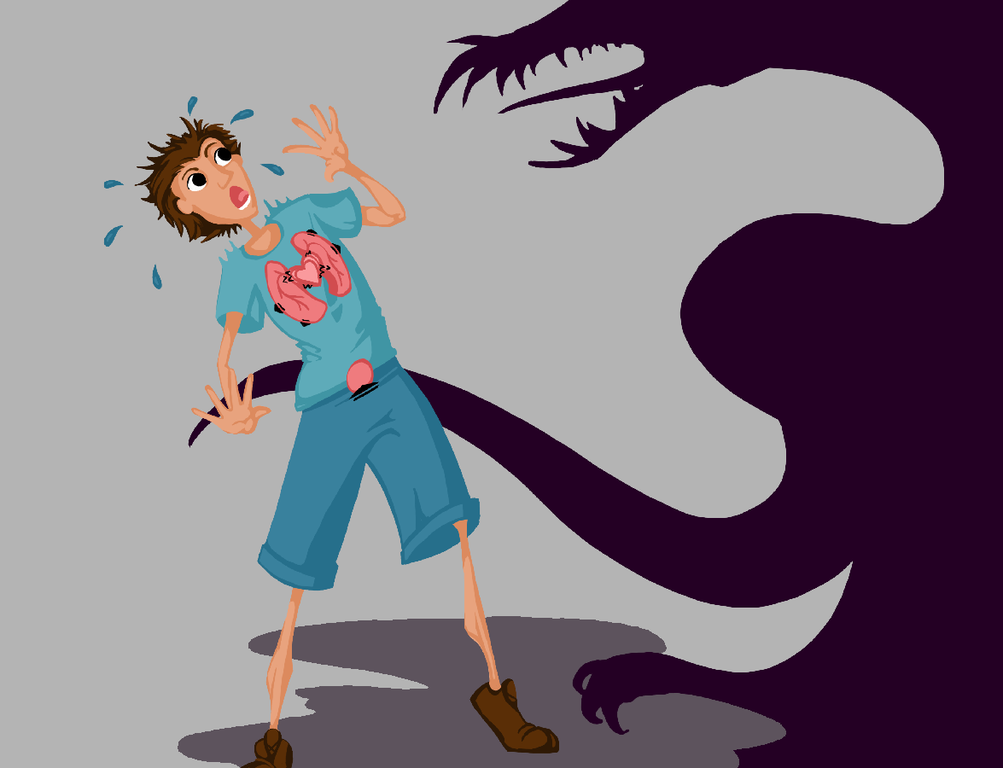Review of SANS
In summation, the sympathetic division of the autonomic nervous system is activated in response to a perceived threat, whether that is a wild animal, a confrontation with your boss, or even the appearance of a final exam. Our response to threats is limited: fight the threat, freeze when the threat presents itself, or run away (flight) to elude the threat. Regardless of our chosen response, the body must be stimulated through complex cross system interactions with strictly regulated timing to produce the chosen response. This is why some individuals will respond to a threat with "fight" while another individual will respond to the same threat in a very different way "freeze". This systemic response is made possible by the wide divergence of the sympathetic pre and postganglionic projections, resulting in a broad influence of the system throughout the body. As a response to a threat, the sympathetic system would increase heart rate and breathing rate and cause blood flow to the skeletal muscle to increase and blood flow to the digestive system to decrease. Sweat gland secretion should also increase as part of an integrated response. All of those physiological changes are going to be required to occur together to run away from the wild bear or the modern equivalent.
|
|
The sympathetic NS provides energy for vital functions:
|
This divergence is seen in the branching patterns of preganglionic sympathetic neurons—a single preganglionic sympathetic neuron may have 20 or more targets. A preganglionic neuron originating in the lateral grey horn in the thoracolumbar spinal cord will pass through the ventral spinal roots and enter the sympathetic chain ganglion. Here the preganglionic fiber will synapse with 20 or more postganglionic sympathetic fibers that will exit the ganglion and branch toward a variety of targets. Some preganglionic fibers may project through the splanchnic nerves to the adrenal medulla, which acts as a modified sympathetic chain ganglion releasing NE into the bloodstream in indirectly stimulating effectors. All of these branches and diffusion of activation mean that one preganglionic neuron can influence different regions of the sympathetic system very broadly, by acting on widely distributed organs. Allowing us to respond appropriately and in a timely fashion to the perceived threat; ensuring our survival.
Watch The Science of Stress Physiology Emotions Fight Flight video (opens in new window) to learn more about the nervous system. As described in this video, the nervous system has a way to deal with threats and stress that is separate from the conscious control of the somatic nervous system. The system comes from a time when threats were about survival, but in the modern age, these responses become part of stress and anxiety. This video describes how the autonomic system is only part of the response to threats, or stressors.
What other organ system gets involved, and what part of the brain coordinates the two systems for the entire response, including epinephrine (adrenaline) and cortisol?
[Video Answer 1: Q: What two changes does adrenaline bring about to help give energy to the skeletal muscle response? Answer: The heart rate increases to send more blood to the muscles, and the liver releases stored glucose to fuel the muscles via glycogenolysis.]
[Video Answer 2: Q: What other organ system gets involved, and what part of the brain coordinates the two systems for the entire response, including epinephrine (adrenaline) and cortisol?
The endocrine system is also responsible for responses to stress in our lives. The hypothalamus coordinates the autonomic response through projections into the spinal cord and through influence over the pituitary gland, the effective center of the endocrine system.]

